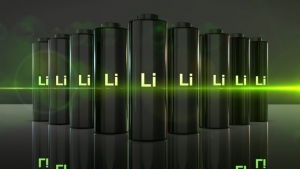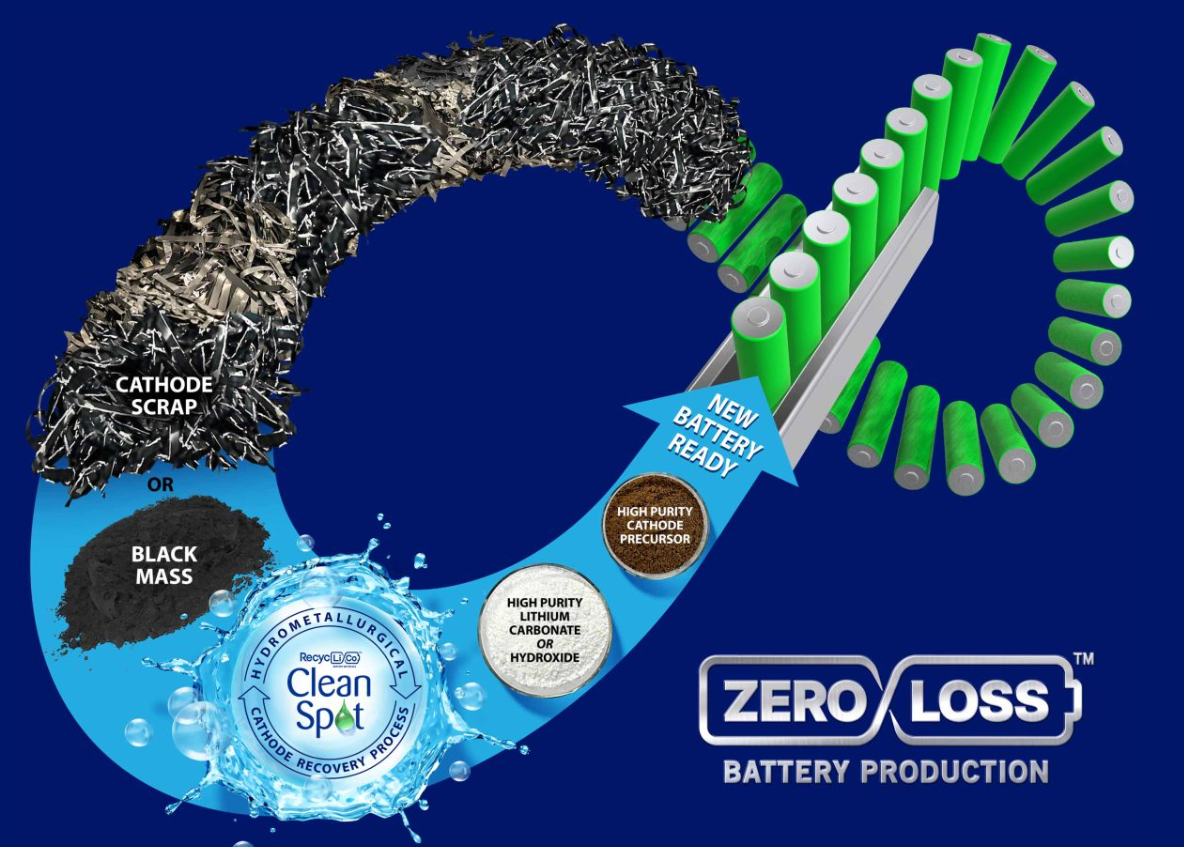Who Needs Sustainable Cathodes?

The search for more and more materials for manufacturing lithium-ion batteries is reaching a critical point, so it may be no surprise that re-claiming and re-using materials from expended, existing batteries is an area of emerging technology that is heating up rapidly. There are several developments around the globe that aim to perfect reclamation technologies to extract all valuable materials from expended batteries. Right priced re-usable materials are needed to meet the increasing demand for more lithium-ion batteries, being driven by the major uptick in electric vehicle production and sales, as well as the ongoing demand for Smartphone and laptop batteries.
The standard existing technology for reclaiming battery materials is a process called pyrometallurgy, which involves heating the batteries in order retrieve metals, but this process generally yields only cobalt, sometimes nickel. What is also produced from the expended batteries is lithium. Currently, lithium recovered using a standard battery reclamation process usually ends up in waste slag and is often just thrown away, as it is difficult and expensive to transform into lithium carbonate for re-use in new batteries. Estimates indicate that lithium carbonate needs to be produced at a cost of about $7,000 a tonne to be competitive with newly mined lithium. With lithium prices rising steadily, the price / cost target looks more and more attractive and achievable.
In Europe, one company is using a heat and chemical process (hydrometallurgy) to retrieve, from slag, rare earths and lithium, as well as cobalt, nickel, and copper alloys. There are a few companies in North America processing lithium-ion batteries, reclaiming lithium, cobalt, and copper. Another company claims to have a patented closed loop process that enables “Zero Loss” battery production where 100% of cathode materials scrap can be recovered in-house, and made ready for new battery production. They claim to have a minimal hydrometallurgical process that yields a nickel manganese cobalt oxide that can be used as a precursor for direct integration into the manufacture of new lithium-ion batteries. Also, an Australian company is preparing a pilot project in Canada, and others are developing processes to safely and efficiently extract a range of valuable minerals, such as copper, manganese, aluminum, lithium, and cobalt.

Even with all this onrushing technology development, it may not be ramped up soon enough to keep pace with the surging demand for more and more lithium-ion batteries. Another factor in reclaiming materials from expended batteries is the limited supply of expended batteries. Currently there are recycling facilities where consumers can turn in their used batteries, but without an incentive will consumers make the effort to collect and turn in their used batteries? Will used Smartphone and laptop batteries be turned in for recycling or will they end up in the landfill? So, when we ask who needs sustainable cathodes, we think the answer is … we do!!
The goal of TREND DISRUPTORS is to discover and monitor technical developments that have the potential to DISRUPT a market sector. We look for the best ideas, and generate actionable investment recommendations for subscribers. As a general rule, these recommendations are speculative, and we advise caution, discretion, and thorough research. We strive to identify investment opportunities that can lead to success for the well-informed investor.
Stay tuned!!
